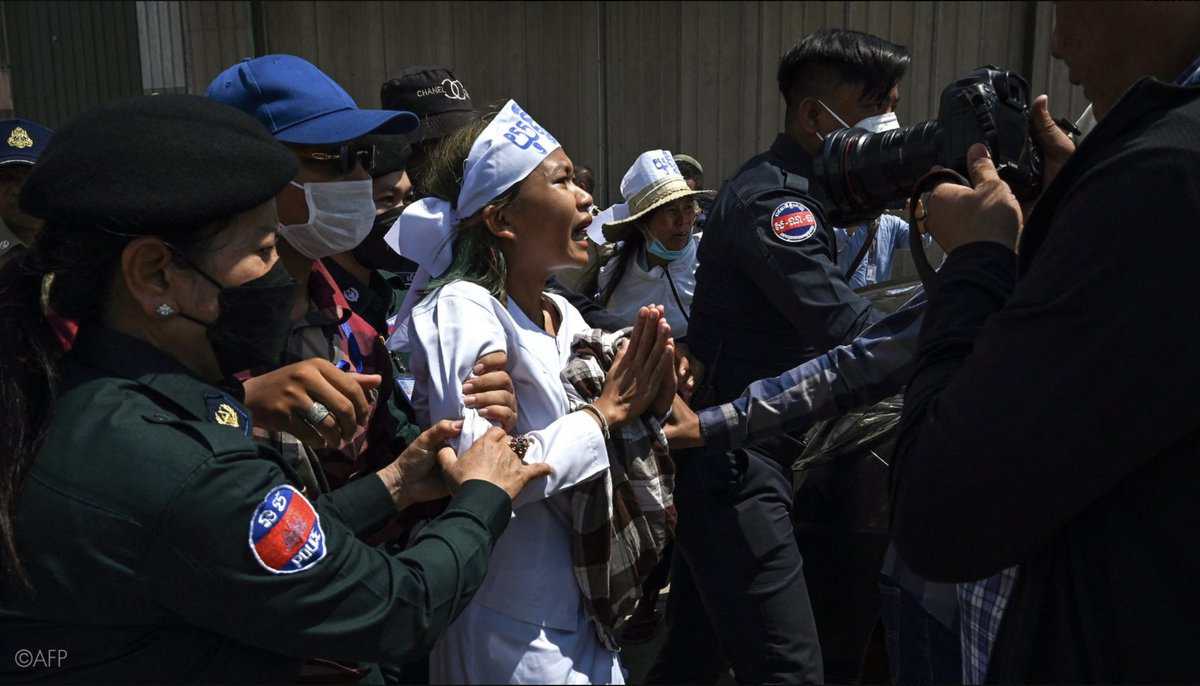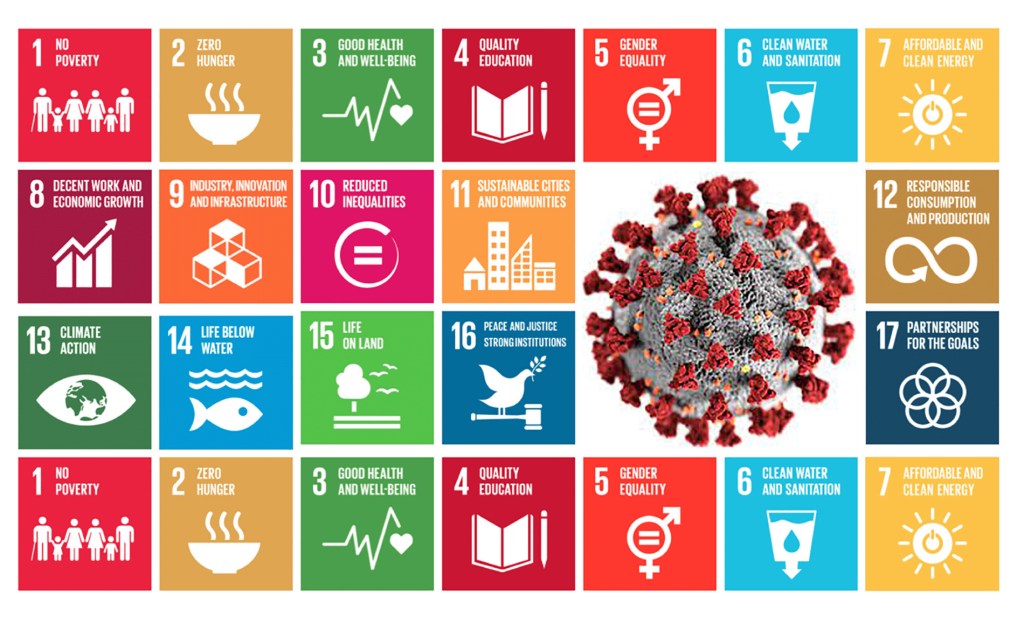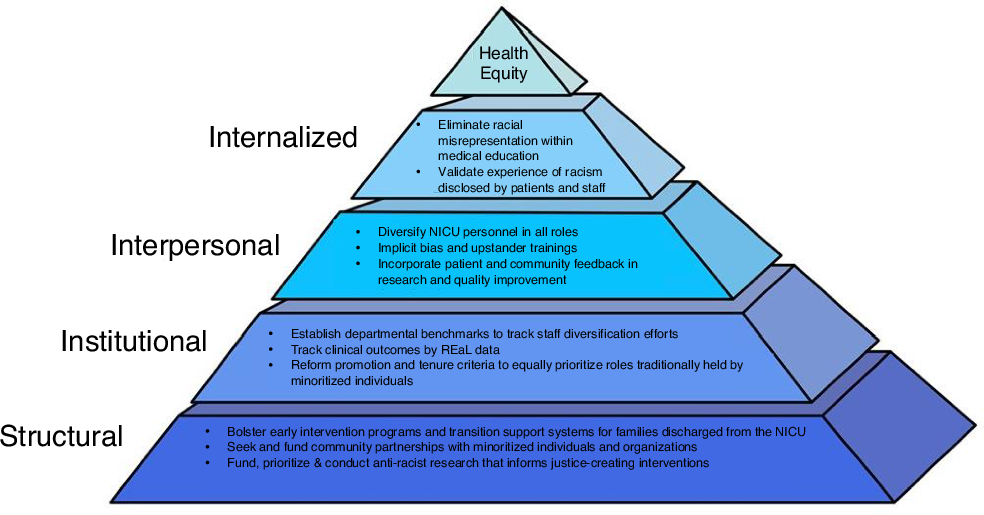Russia and China Accused of Damaging UN Human Rights Funding – PassBlue

Report on the Undermining of United Nations Human Rights Funding and its Impact on Sustainable Development Goals
Executive Summary
An investigation by the International Service for Human Rights (ISHR) has revealed a systematic campaign by certain member states, notably China and Russia, to defund United Nations human rights mechanisms through the manipulation of budgetary committees. This strategy poses a direct threat to the UN’s human rights pillar and critically undermines the achievement of the 2030 Agenda for Sustainable Development, particularly Sustainable Development Goal 16 (Peace, Justice and Strong Institutions) and Sustainable Development Goal 17 (Partnerships for the Goals).
Strategic Obstruction of Human Rights Mandates
Weaponization of UN Budgetary Processes
The ISHR report details a concerted effort to obstruct UN human rights scrutiny by exploiting technical budgetary negotiations. This strategy directly contravenes the principles of SDG 16, which advocates for effective, accountable, and inclusive institutions.
- Targeting Key Committees: China and Russia have been identified as actively influencing the Advisory Committee on Administrative and Budgetary Questions (ACABQ) and the General Assembly’s Fifth Committee to block funding for human rights investigations.
- Politicizing Technical Bodies: The ACABQ, intended to comprise independent experts, is reportedly being stacked with delegates acting on national instructions, thereby politicizing its budgetary recommendations.
- Disproportionate Scrutiny: The UN Human Rights Office has been disproportionately targeted, with the ACABQ recommending the rejection of approximately 50% of its new post requests over the last five years.
- Blocking Consensus: A key tactic involves advancing hostile recommendations in the ACABQ and subsequently blocking consensus on funding within the Fifth Committee, effectively creating a choke point for human rights financing.
Key State Actors and Methods
The actions of specific member states reflect a departure from the collaborative spirit required by SDG 17, which emphasizes global partnerships for sustainable development.
- China: Operates discreetly, leveraging its influence within the G77 group of developing nations to advance an anti-human rights agenda in budgetary discussions.
- Russia: Acts as an “outspoken spoiler,” openly proposing extreme measures such as halving the UN human rights budget.
- Other States: Israel has repeatedly attempted to block funding for investigations into the Occupied Palestinian Territories, while the African group has challenged funding for the UN expert on sexual orientation and gender identity.
- Transactional Diplomacy: The report notes the use of “transactional diplomacy,” where diplomatic support on human rights issues is traded for political or economic benefits, further weakening the global partnership for sustainable development.
Implications for SDG 16 and the 2030 Agenda
Exacerbation by Financial Crisis
The deliberate defunding efforts are compounded by a broader UN liquidity crisis, creating an existential threat to the human rights pillar. This financial instability jeopardizes the institutional capacity needed to monitor and advance SDG 16.
- Funding Shortfalls: The UN human rights pillar receives only about 7% of the UN’s regular budget.
- Payment Arrears: Significant arrears from major contributors, including the United States and China, have forced the UN to consider austerity measures.
- Proposed Cuts: A proposed 15% cut to the UN’s regular budget includes a 16% reduction for human rights, further crippling its operational capacity.
Direct Consequences for Human Rights and SDG Targets
Reduced funding has tangible consequences that directly impede progress on SDG 16, which aims to protect fundamental freedoms and ensure access to justice for all.
- Weakened Monitoring: Budget cuts lead to a reduction in investigations into human rights abuses in countries such as Ukraine, Belarus, Venezuela, and North Korea. This compromises the international community’s ability to promote the rule of law (Target 16.3) and ensure accountability.
- Restricted Access and Reporting: Financial constraints limit the ability of special rapporteurs to conduct country visits and fact-finding missions, which are essential for ensuring public access to information and protecting fundamental freedoms (Target 16.10).
- Erosion of Institutional Capacity: The inability to fill posts and establish country presences for technical assistance weakens the very institutions that SDG 16 seeks to strengthen, leaving vulnerable populations without recourse or protection.
Analysis of SDGs, Targets, and Indicators
1. Which SDGs are addressed or connected to the issues highlighted in the article?
-
SDG 16: Peace, Justice and Strong Institutions
The article directly addresses SDG 16 by detailing a systematic campaign to weaken a key global institution—the UN Human Rights Office. The efforts by China, Russia, and other nations to defund human rights investigations and block scrutiny of violations represent a direct assault on the principles of justice, accountability, and institutional integrity that are central to this goal. The manipulation of UN budget committees undermines the effectiveness and transparency of these bodies, which are essential for upholding the rule of law at the international level.
-
SDG 17: Partnerships for the Goals
This goal is relevant as the article describes the malfunctioning of the global partnership that the United Nations represents. It highlights how member states are using their positions within the partnership to sabotage its objectives rather than collaborate to achieve them. The discussion of financial arrears, the weaponization of budget negotiations, and the use of “transactional diplomacy” all point to a breakdown in the cooperative spirit and policy coherence required to achieve sustainable development. The article illustrates a failure in the multi-stakeholder partnership for ensuring global governance and human rights.
2. What specific targets under those SDGs can be identified based on the article’s content?
-
SDG 16: Peace, Justice and Strong Institutions
- Target 16.3: Promote the rule of law at the national and international levels and ensure equal access to justice for all. The article shows this target is being undermined by efforts to “block United Nations scrutiny into violations” and “stop probes before they even begin,” thereby obstructing justice for victims of human rights abuses in countries like Ukraine, Belarus, and Venezuela.
- Target 16.6: Develop effective, accountable and transparent institutions at all levels. The article highlights how the Advisory Committee on Administrative and Budgetary Questions (ACABQ) and the Fifth Committee are being “hijacked” and “weaponised.” The report describes these bodies as becoming less effective and transparent, serving geopolitical interests rather than their intended administrative and budgetary functions.
- Target 16.a: Strengthen relevant national institutions, including through international cooperation, for building capacity at all levels…to prevent violence… The actions described in the article do the opposite; they weaken a key international body (the UN Human Rights Office) that is meant to support and cooperate with other institutions to uphold human rights, thereby eroding global capacity to address violations.
-
SDG 17: Partnerships for the Goals
- Target 17.14: Enhance policy coherence for sustainable development. The article provides a clear example of policy incoherence, where member states that have formally agreed to the UN Charter and its human rights pillar actively work to defund and dismantle the very mechanisms designed to implement those policies.
- Target 17.16: Enhance the Global Partnership for Sustainable Development… The article details how this global partnership is being damaged from within. The actions of China and Russia, leveraging their influence in committees and groups like the G77, demonstrate a move away from a collaborative partnership toward a confrontational one that threatens the UN’s “existential” foundation.
3. Are there any indicators mentioned or implied in the article that can be used to measure progress towards the identified targets?
-
Indicators for SDG 16
- Proportion of budget allocated to human rights institutions: The article explicitly states that the human rights pillar receives “around seven per cent of the UN’s regular budget,” which serves as a baseline indicator of financial commitment.
- Budget cuts to human rights bodies: The proposed “16 percent reduction to human rights” is a direct, quantifiable indicator of the weakening of these institutions.
- Rejection rate of new post requests: The finding that the ACABQ recommended “the rejection of roughly half of its new post requests over the last five years” for the UN Human Rights Office is a specific indicator of institutional obstruction.
- Number of human rights investigations defunded or blocked: The article implies this indicator by mentioning the specific targeting of investigations into abuses in “Ukraine, Belarus, Venezuela and North Korea.”
-
Indicators for SDG 17
- Amount of unpaid assessed contributions to the UN budget: The article provides precise figures that can be used as indicators of member states’ failure to meet their financial commitments to the global partnership, stating, “the US owed $1.5 billion in arrears, and China owed $192 million.”
- Proportion of member states fulfilling their financial commitments: The statement that the UN had “only collected two-thirds of expected payments” serves as an indicator of the health of the financial partnership.
Table of SDGs, Targets, and Indicators
| SDGs | Targets | Indicators |
|---|---|---|
| SDG 16: Peace, Justice and Strong Institutions |
|
|
| SDG 17: Partnerships for the Goals |
|
|
Source: passblue.com
What is Your Reaction?
 Like
0
Like
0
 Dislike
0
Dislike
0
 Love
0
Love
0
 Funny
0
Funny
0
 Angry
0
Angry
0
 Sad
0
Sad
0
 Wow
0
Wow
0















































/environment-climate-change-and-health-(ech)/water-sanitation-hygiene-and-health-(wsh)/landfill-tuvalu-36092.tmb-1200v.jpg?sfvrsn=5c21fe40_1#)


.jpg.webp?itok=0ZsAnae9#)

























